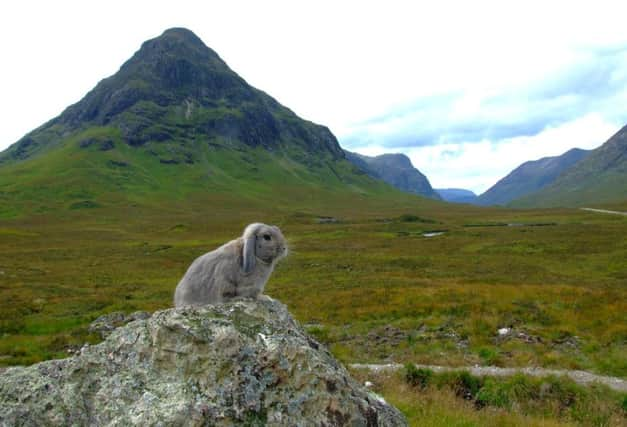Natural resources are high on the agenda


FROM the rolling hills of the Borders to the seas surrounding our mainland and remote islands, the beauty of Scotland’s landscape is cherished by all who live and visit the country.
The magnificence of our countryside is something that creates little debate – often in stark contrast to the passions that can arise from discussing how to both utilise and preserve this wonderful resource.
Advertisement
Hide AdAdvertisement
Hide AdNatural capital continues to be high on the agenda in Scotland, where resources including forests, rivers, land, minerals and seas remain our key assets for our population even in such a technologically advanced age.
Much of the current debate centres on the balance between regulation and incentive when delivering public goods and enhancing natural capital, but it is clear than much can be achieved through partnership.
This year, natural capital is a key focus for politicians and policy-makers. The Scottish Government’s economic strategy, published in March, recognises that protecting and enhancing natural capital is fundamental to a healthy and resilient economy. And this November, Edinburgh will host the second World Forum on Natural Capital when international delegates will come together to help turn the debate on how we value our natural capital into action.
But before then, landowners and land managers across Scotland are already getting on with the work in hand, playing their part in ensuring our rich resources are both harnessed and protected for current and future generations.
Peatland restoration is just one example of enhancing natural capital that can be delivered through partnership. It is estimated that peatlands cover 12 per cent of the UK but more than four-fifths of this land has been subject to some damage through historical drainage or peat extraction for fuel.
Yet, peatlands are of importance to everyone, whether country or city dwellers. Not only do these areas provide fantastic landscapes for wildlife, peatland is hugely efficient in removing and locking up the carbon dioxide we create as well as improving water quality whilst reducing flood risk in the process.
Such restoration work can take place as part of sensible, integrated land use that all of us with rural development at heart wish to see. In the case of Edinglassie Estate near Huntly, that effort takes place as part of an exceptional programme of moorland management.
In partnership with Scottish Natural Heritage, Edinglassie is currently restoring peatland as a demonstration project, and has become an example of what can be achieved through collaboration.
Advertisement
Hide AdAdvertisement
Hide AdTwo areas, one with historically poor drainage systems and another where peat had been removed for use at whisky distilleries, has been brought back to health. The area will leave an environment legacy but also serve as a demonstration of what can be achieved by others.
As in Edinglassie’s case, many landowners are determined to enhance the delivery of such public benefits from private land and it will be a key theme when Pia Bucella, director of Natural Capital at the European Commission, travels to speak to attendees at the Scottish Land & Estates conference in mid-May.
Presenting content from the EC Environment Action Programme to 2020, Ms Bucella’s European perspective will have a great deal of resonance in contemporary Scottish politics, where there is a high-profile debate about land use and ownership.
Natural capital and how its value can be properly recognised – in the form of goods and services to Scottish society – has never been more important. It is implicitly at the heart of nearly every discussion we have on land-based policy in Scotland.
The question for 2015, for politicians, policy-makers, environmentalists and landowners, is how to create effective mechanisms to ensure that the work showcased at Edinglassie can be replicated across Scotland and beyond.
• Sarah-Jane Laing, director of policy and parliamentary affairs at Scottish Land & Estates
SEE ALSO